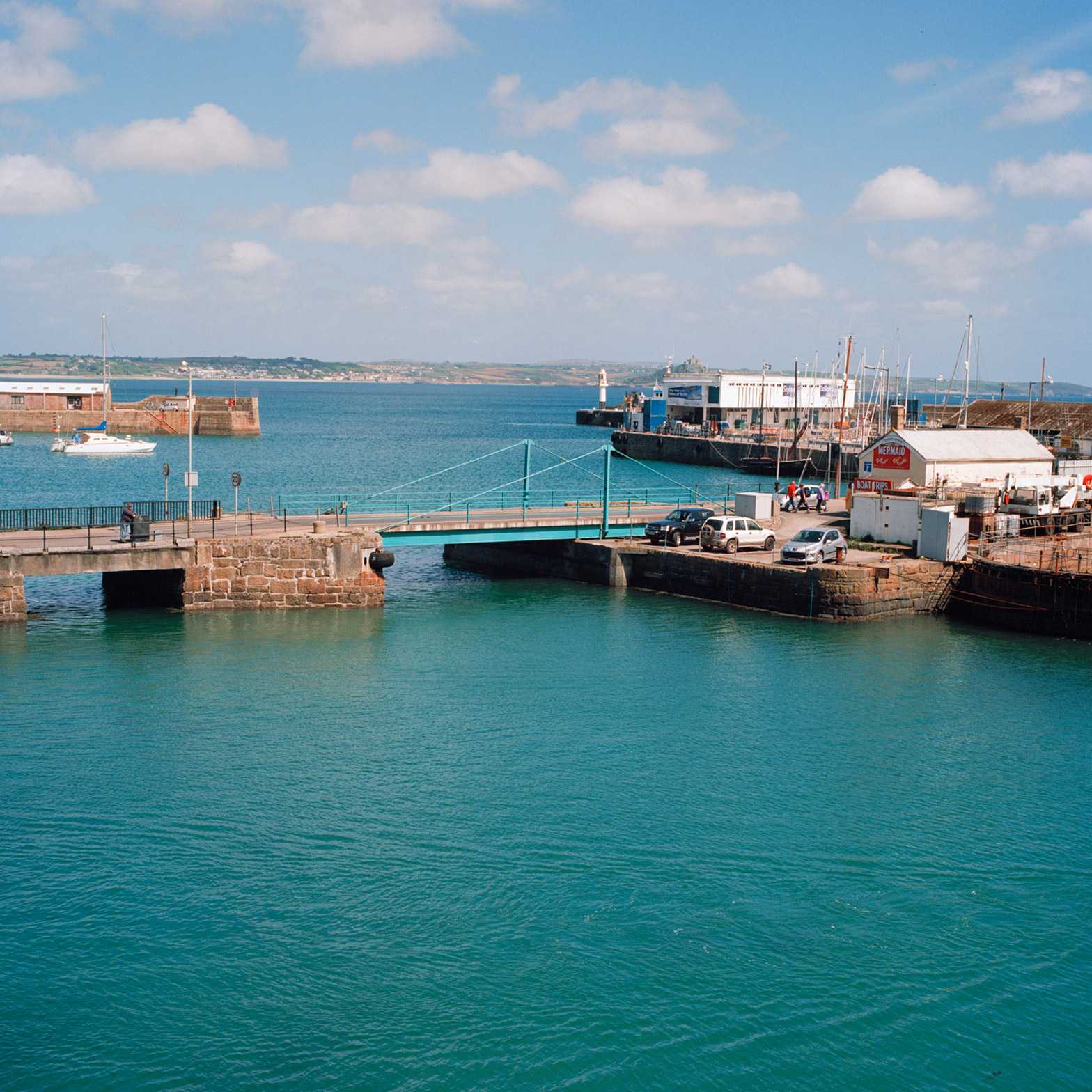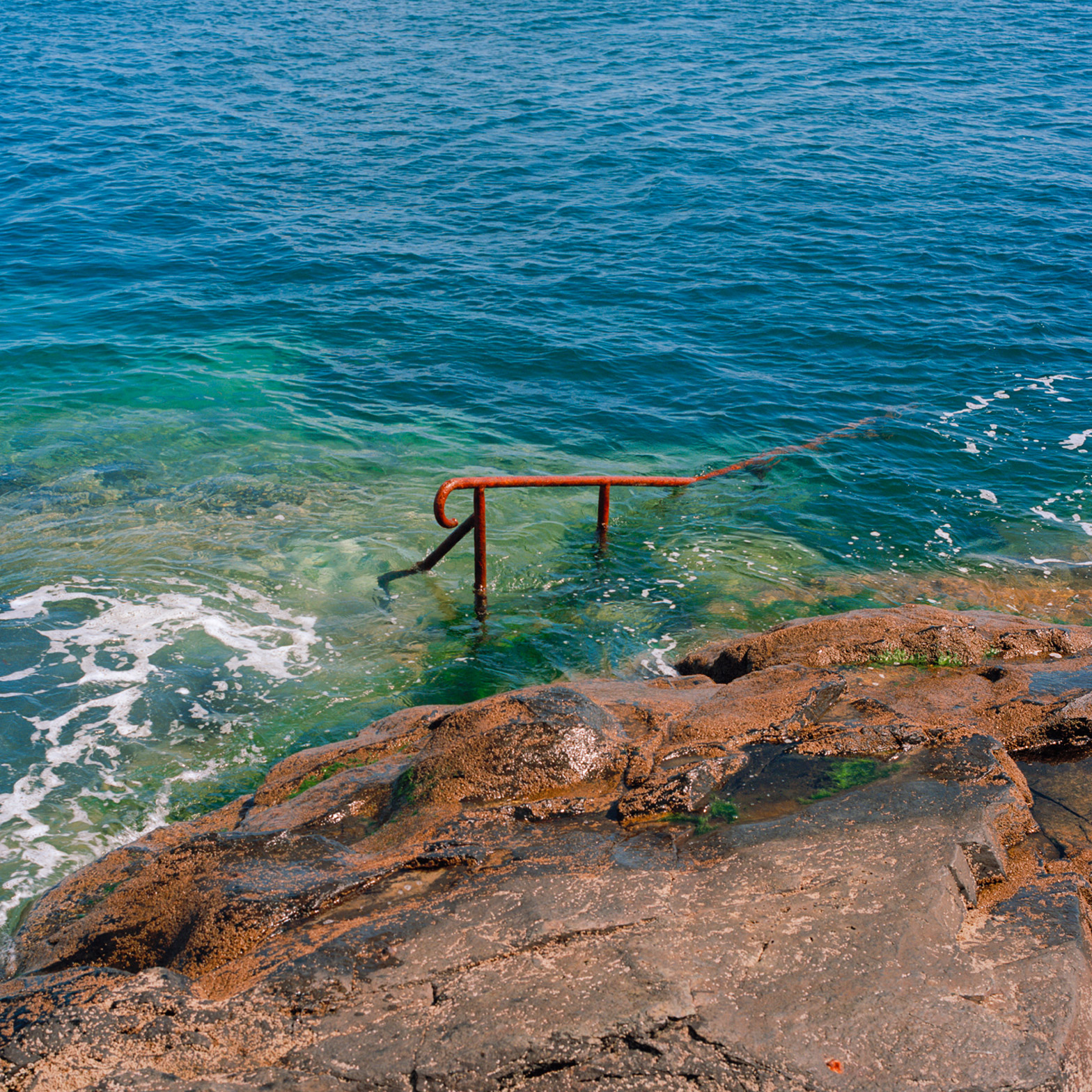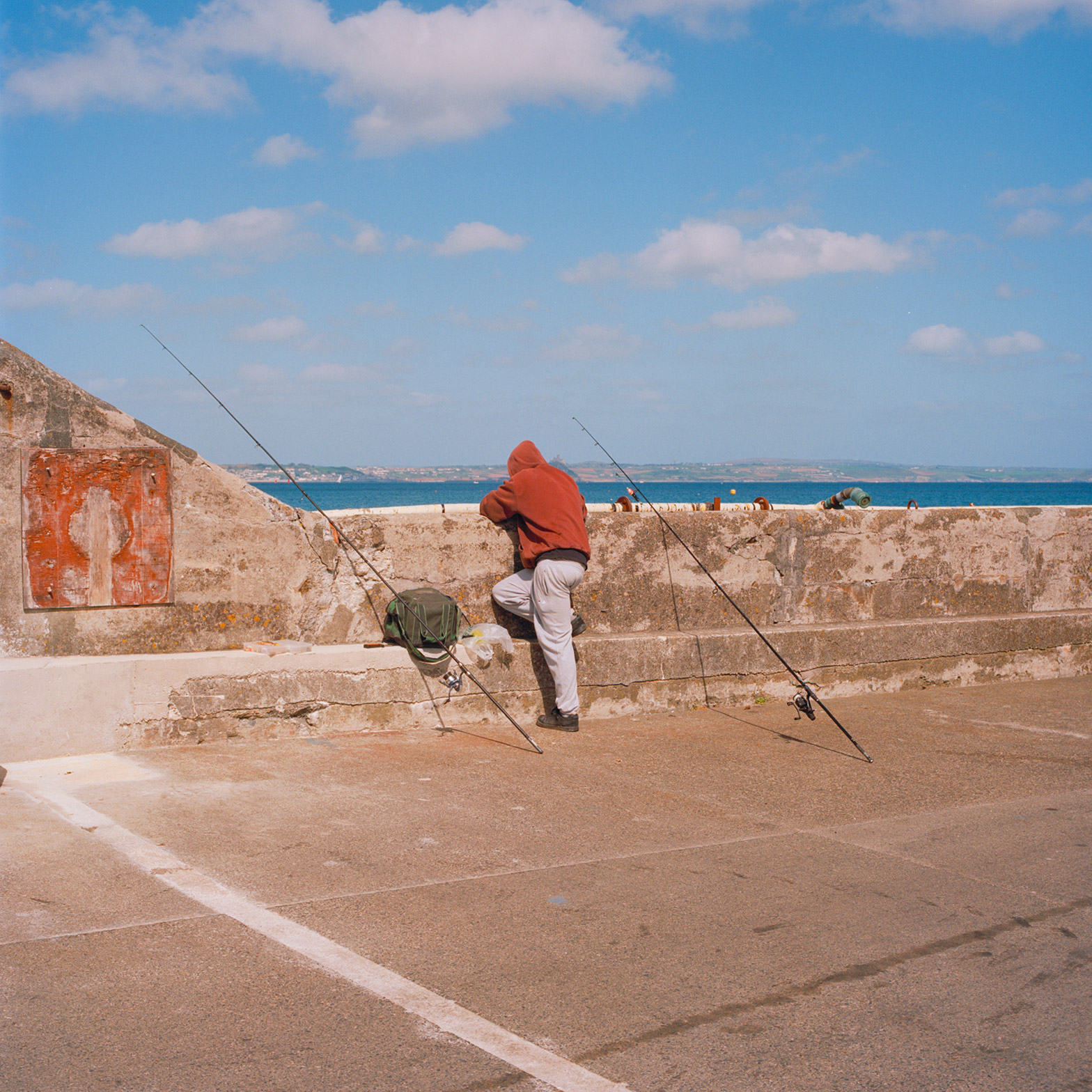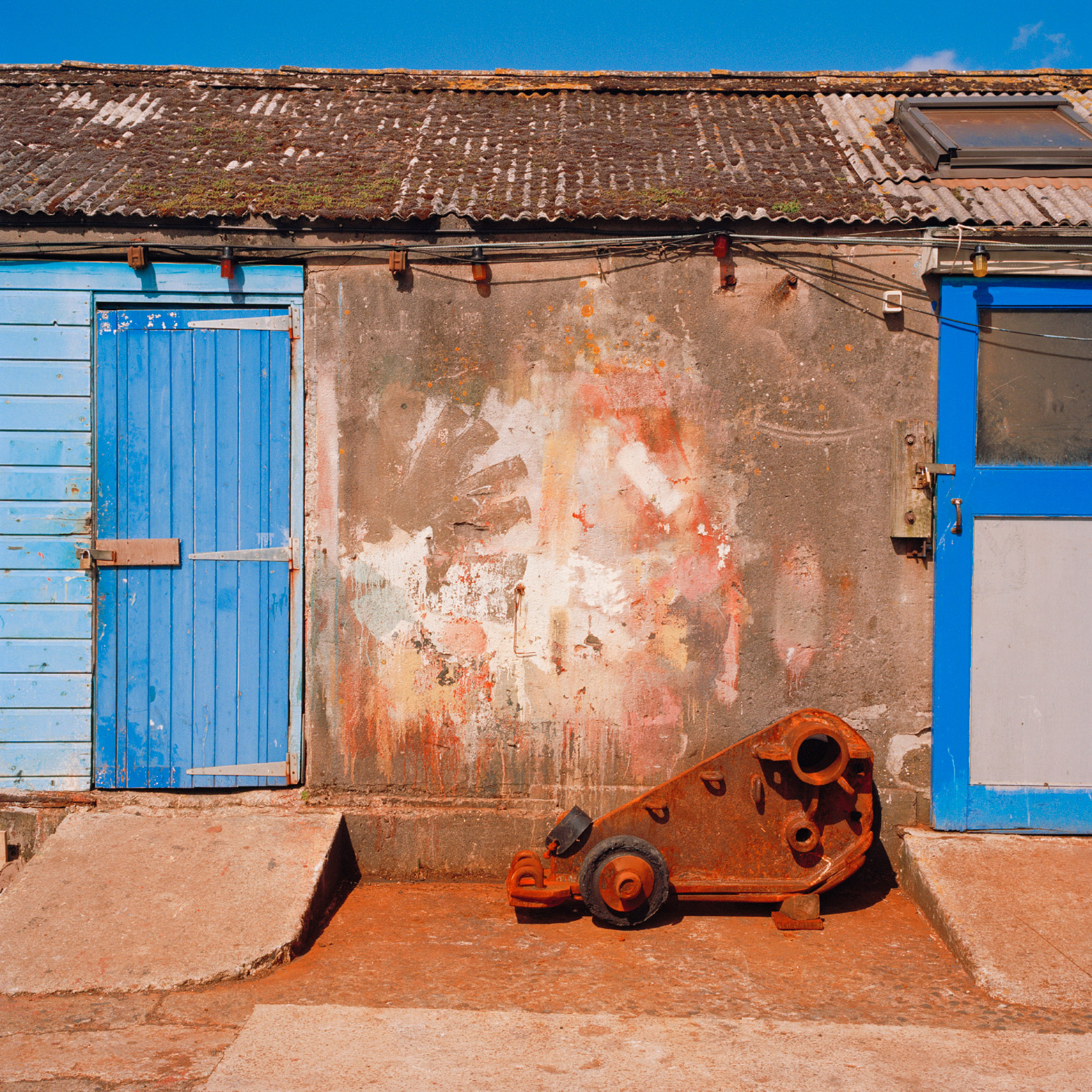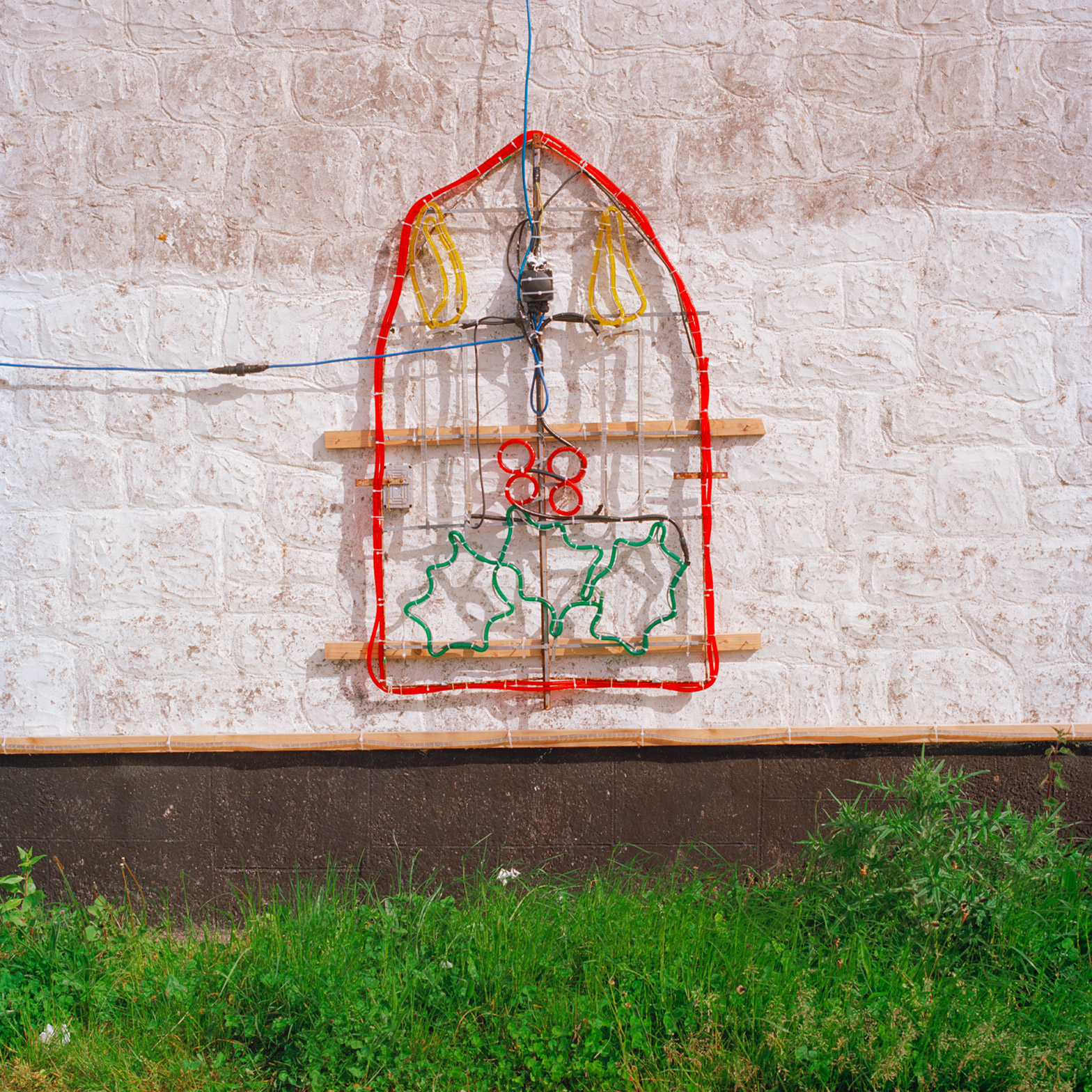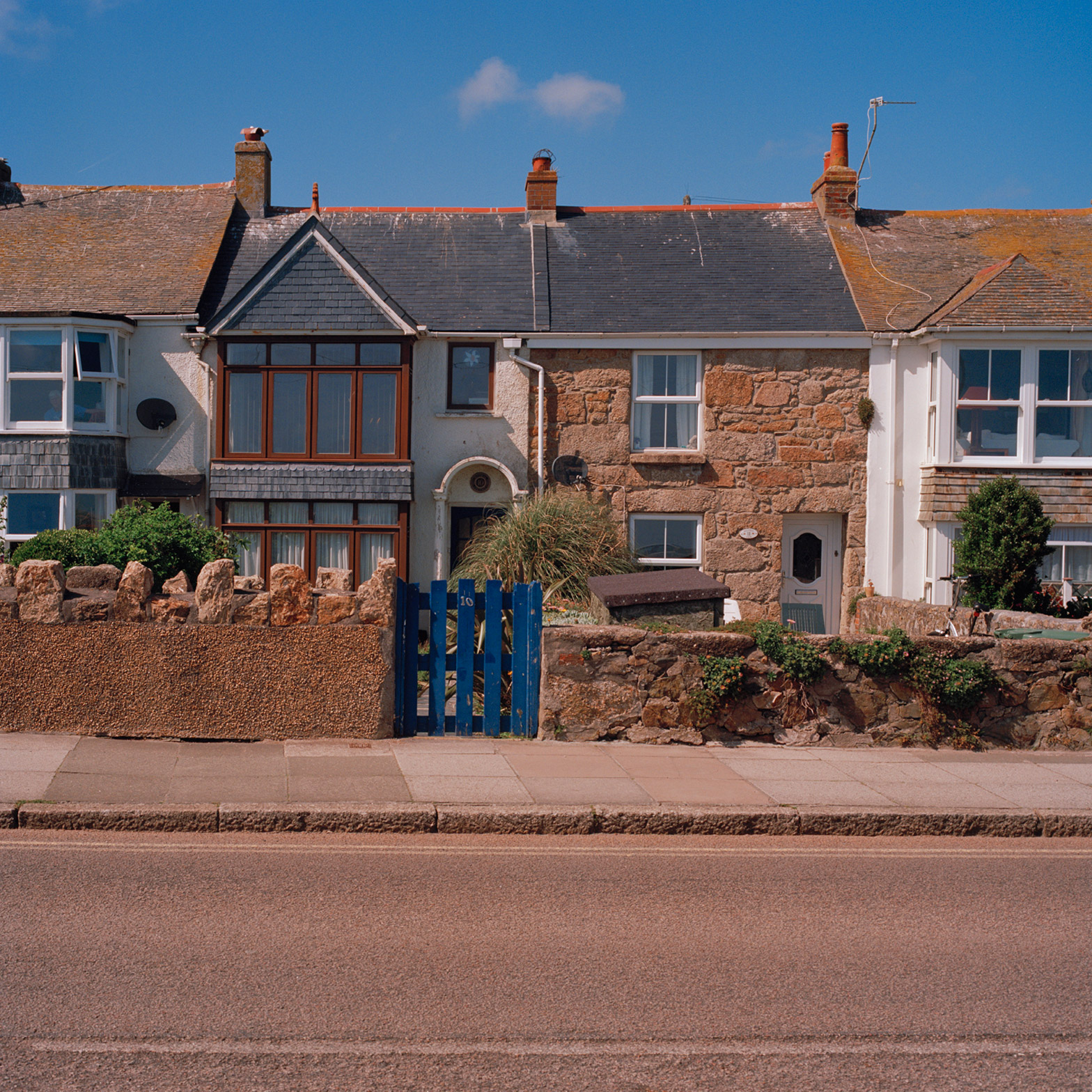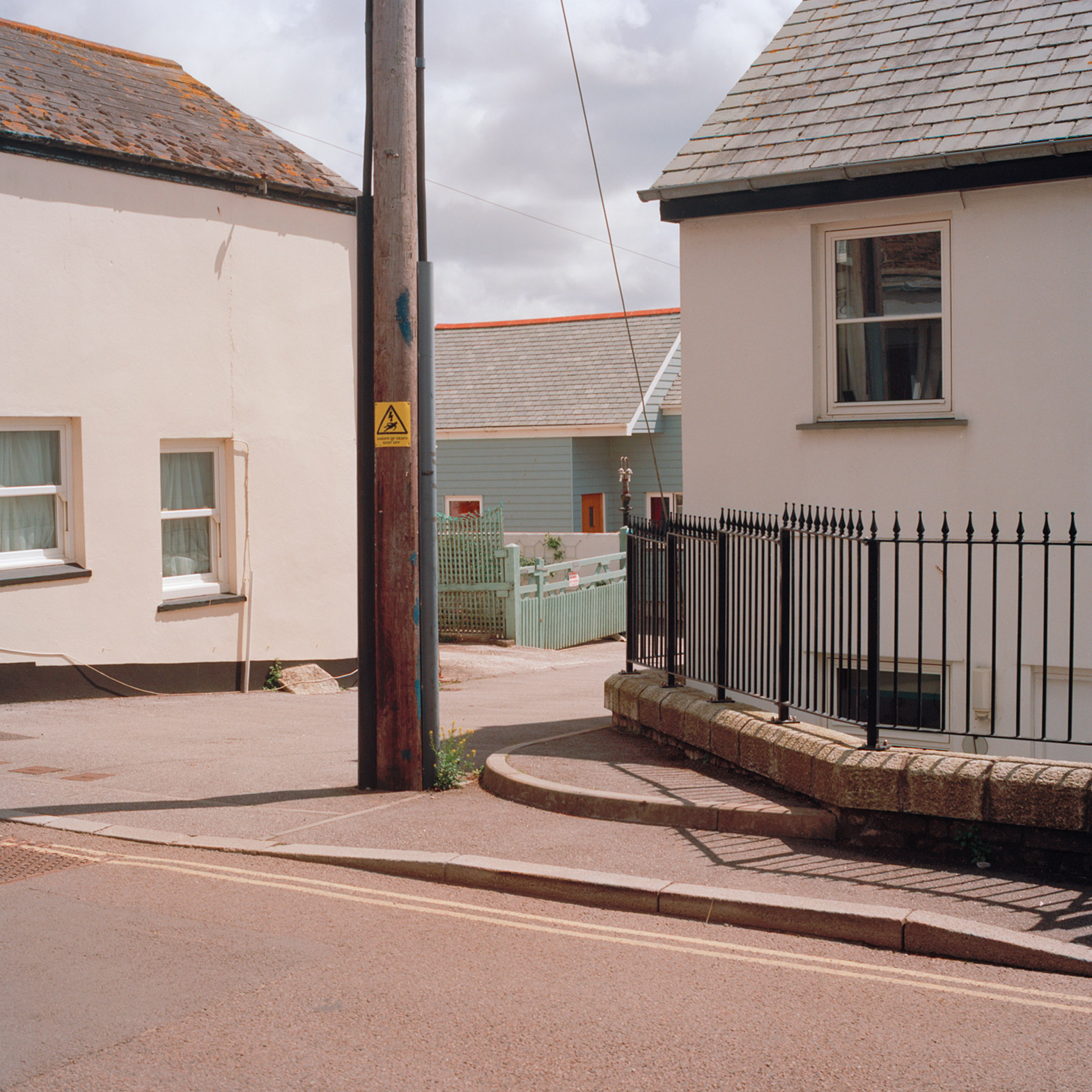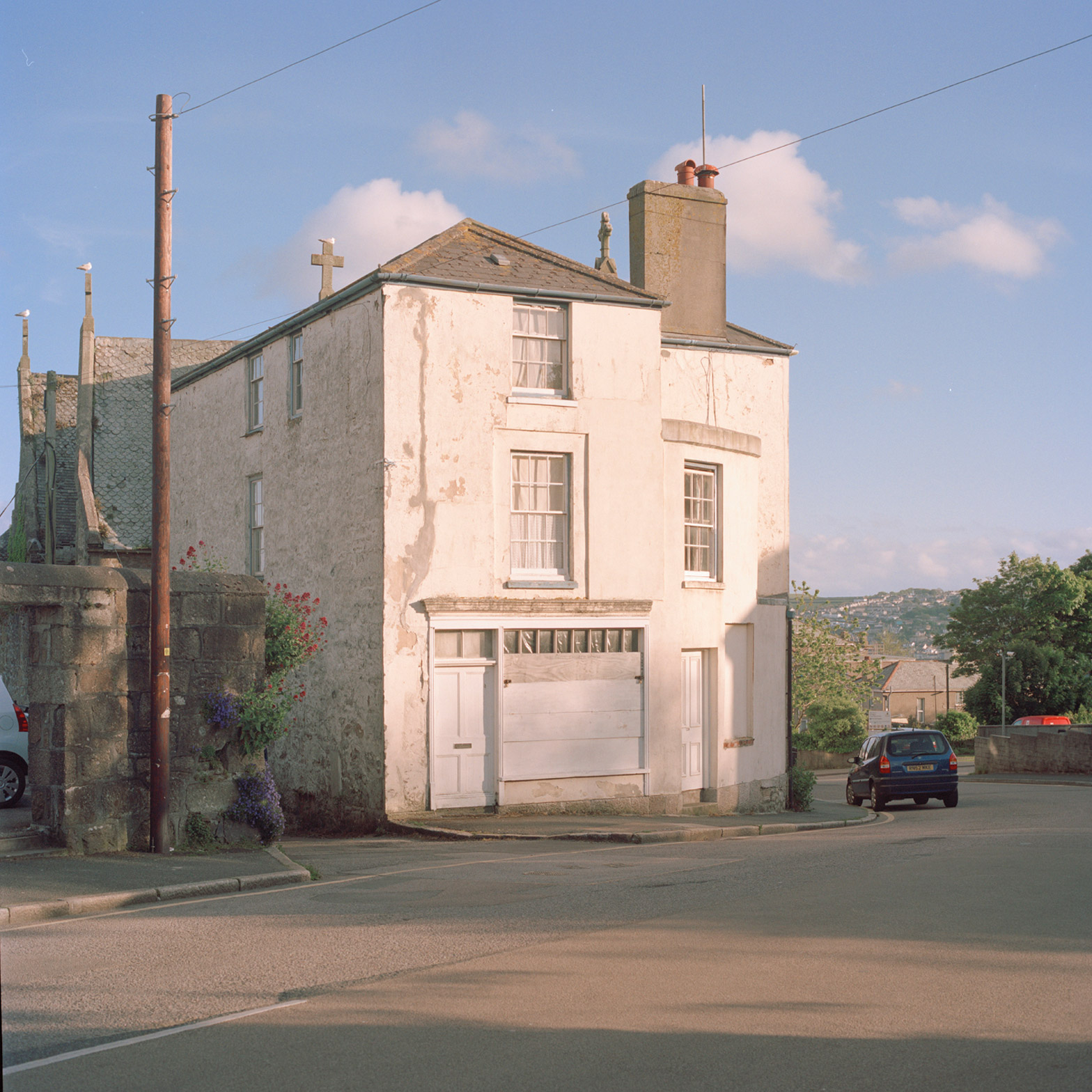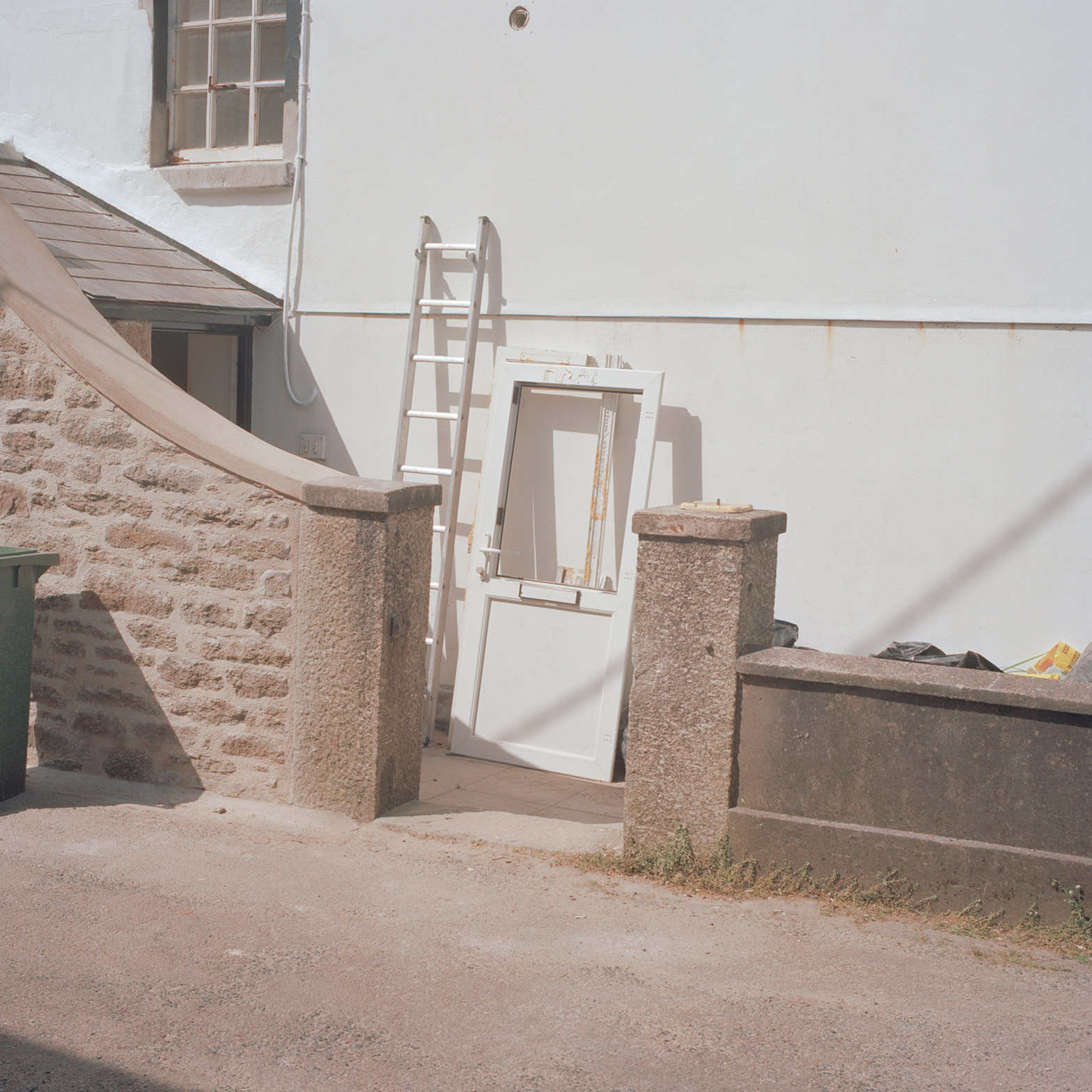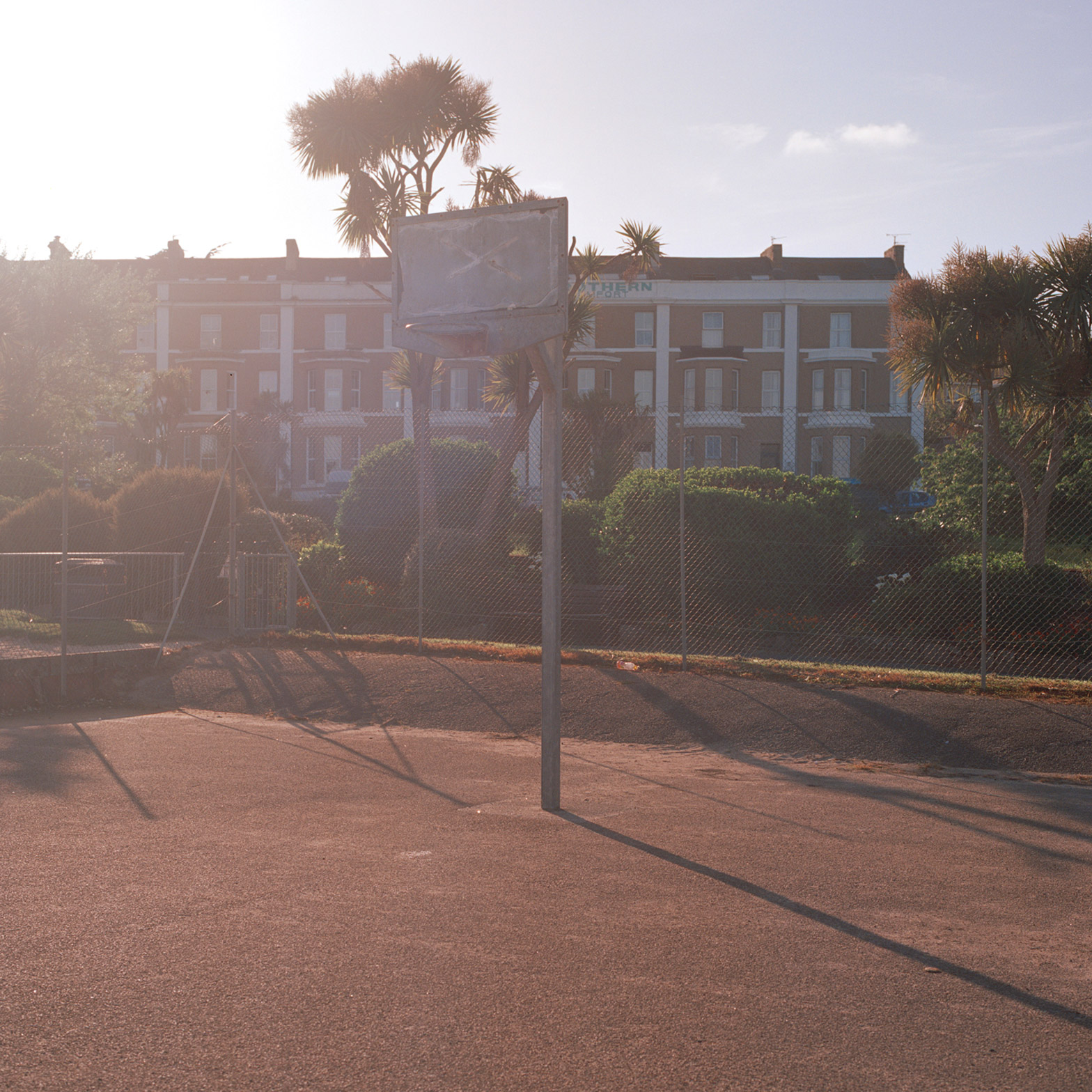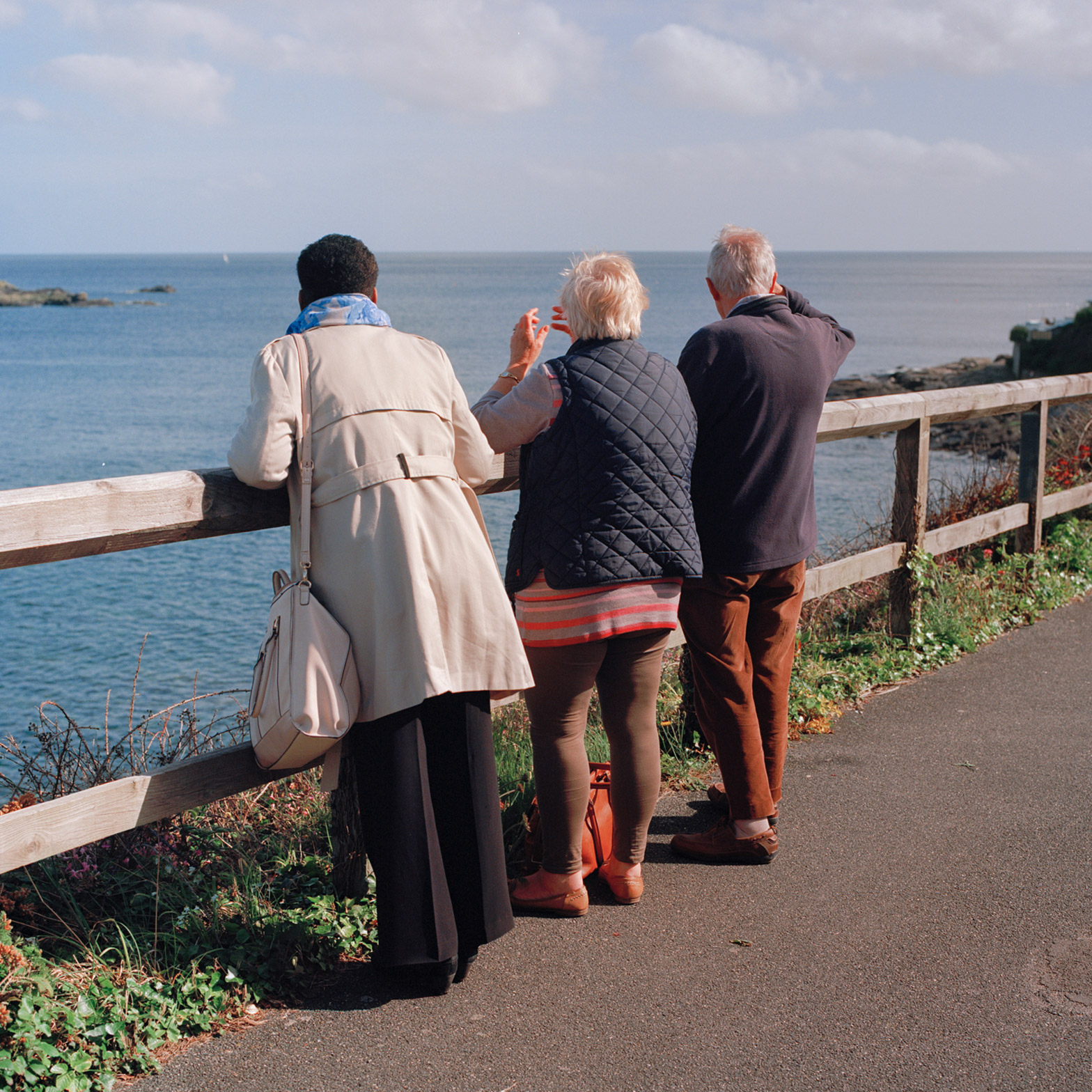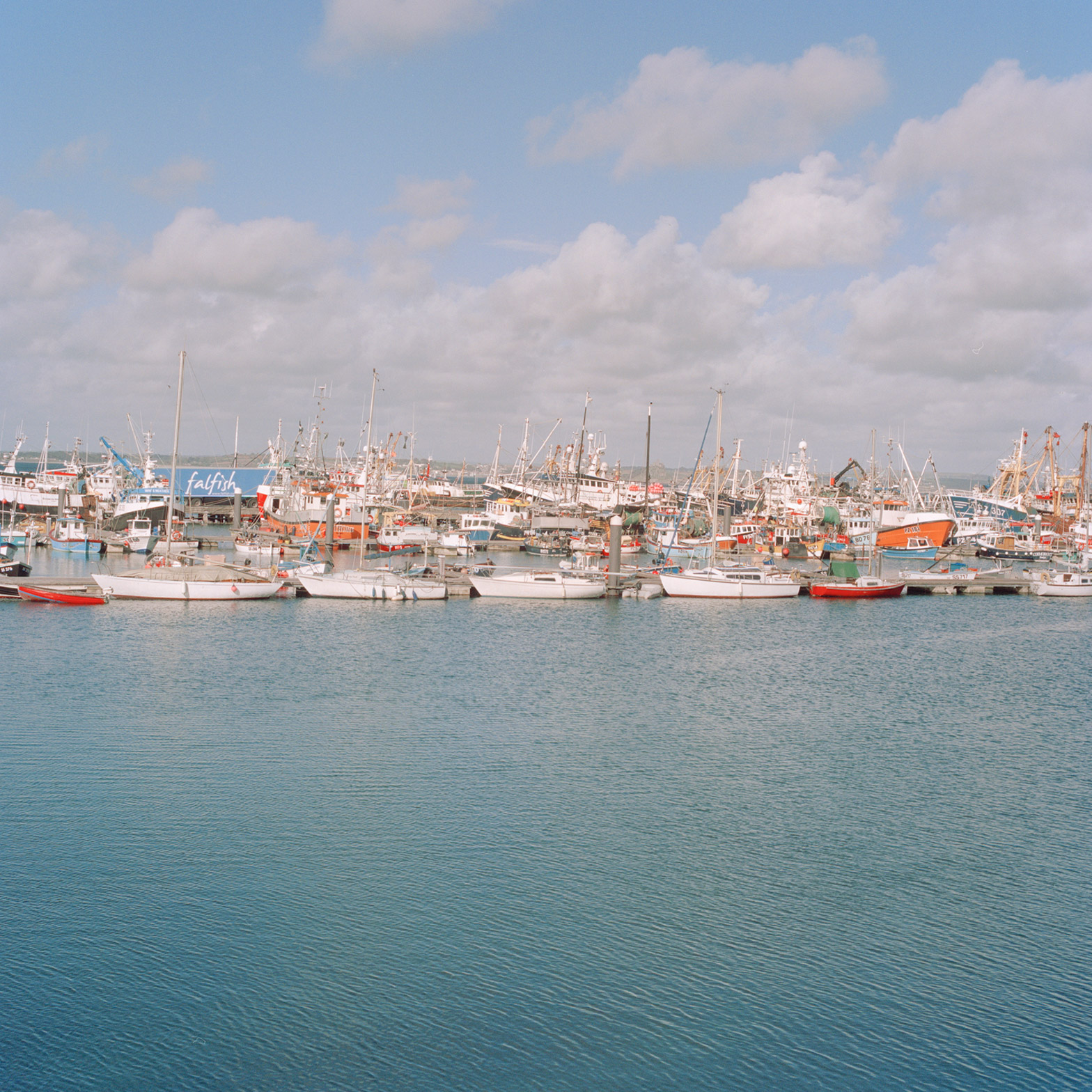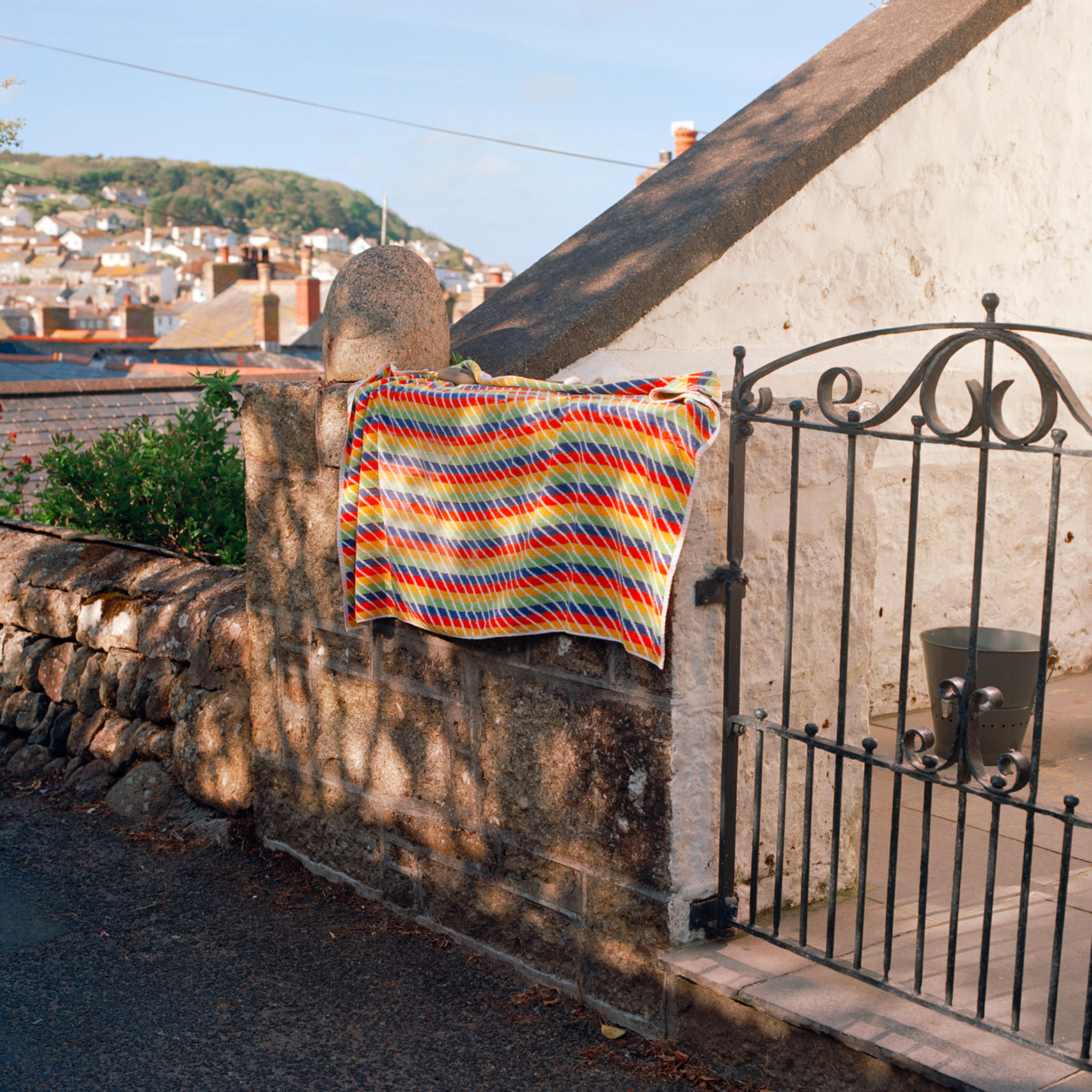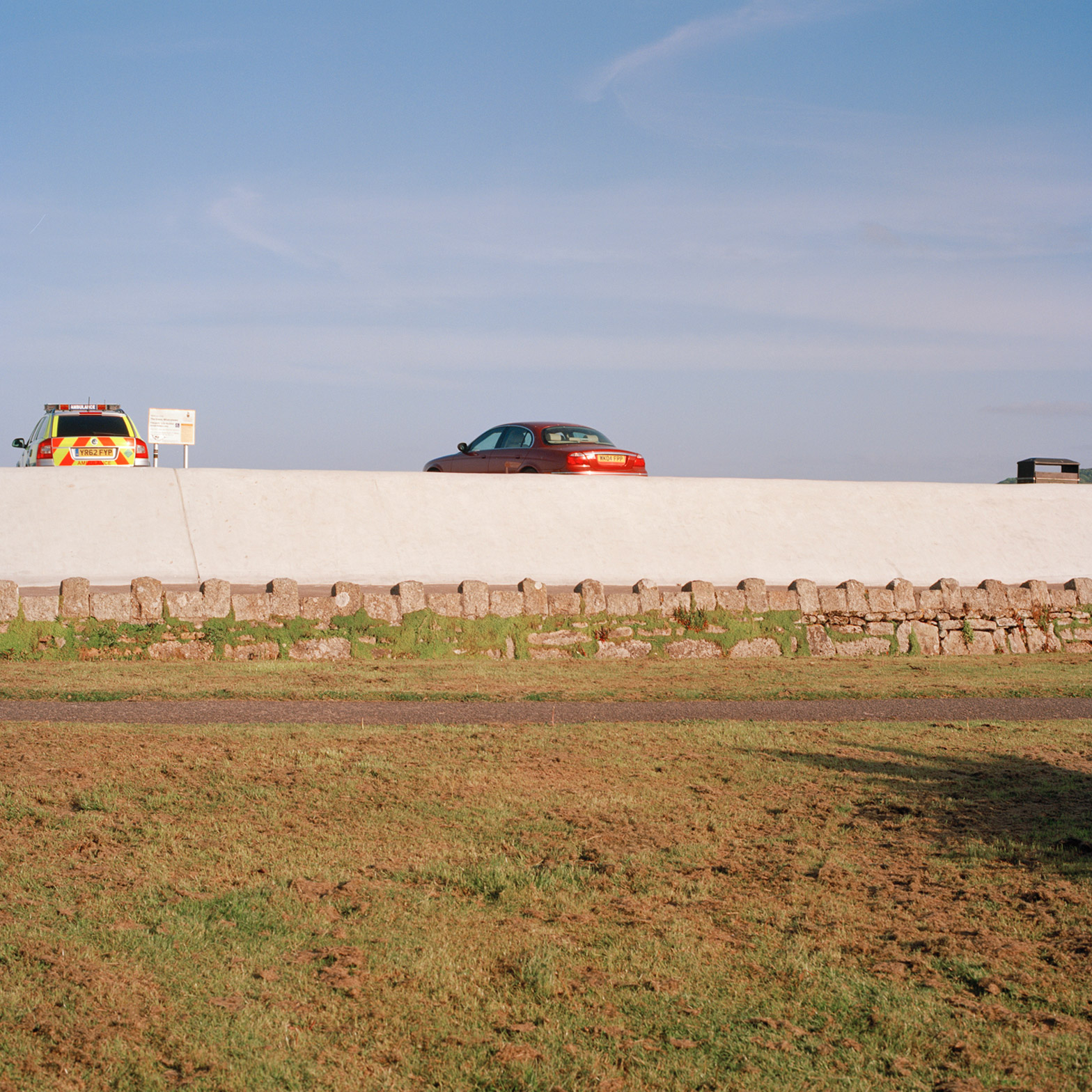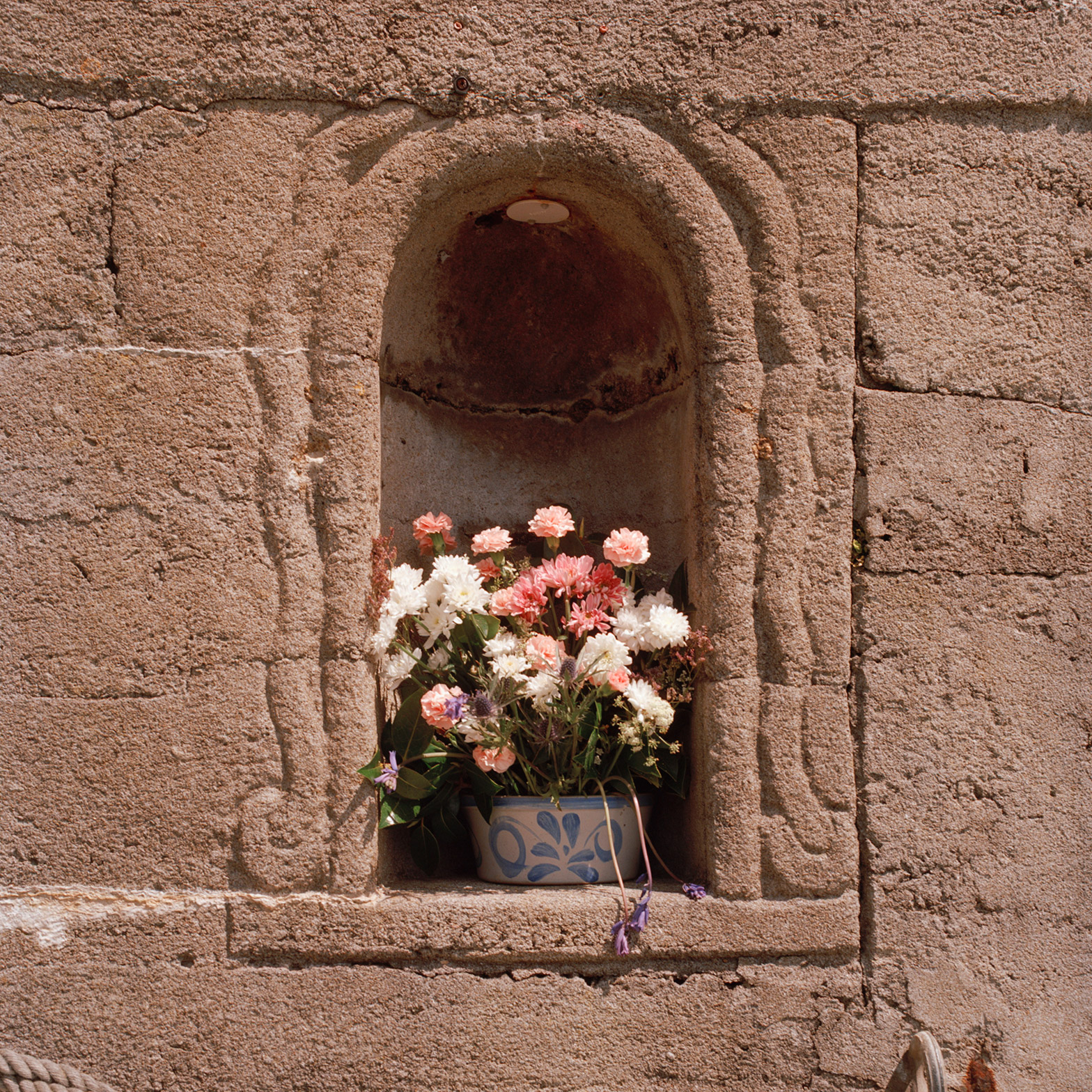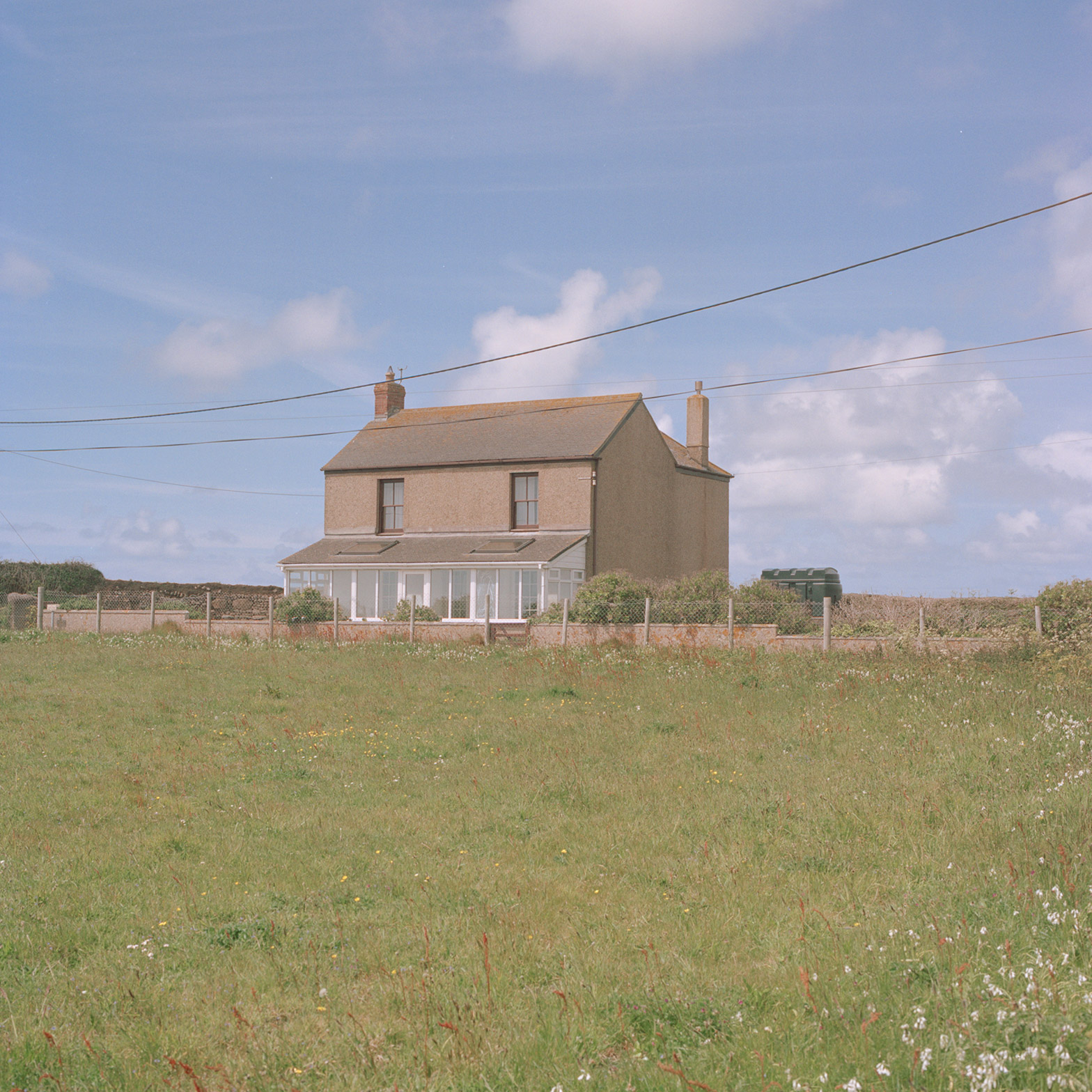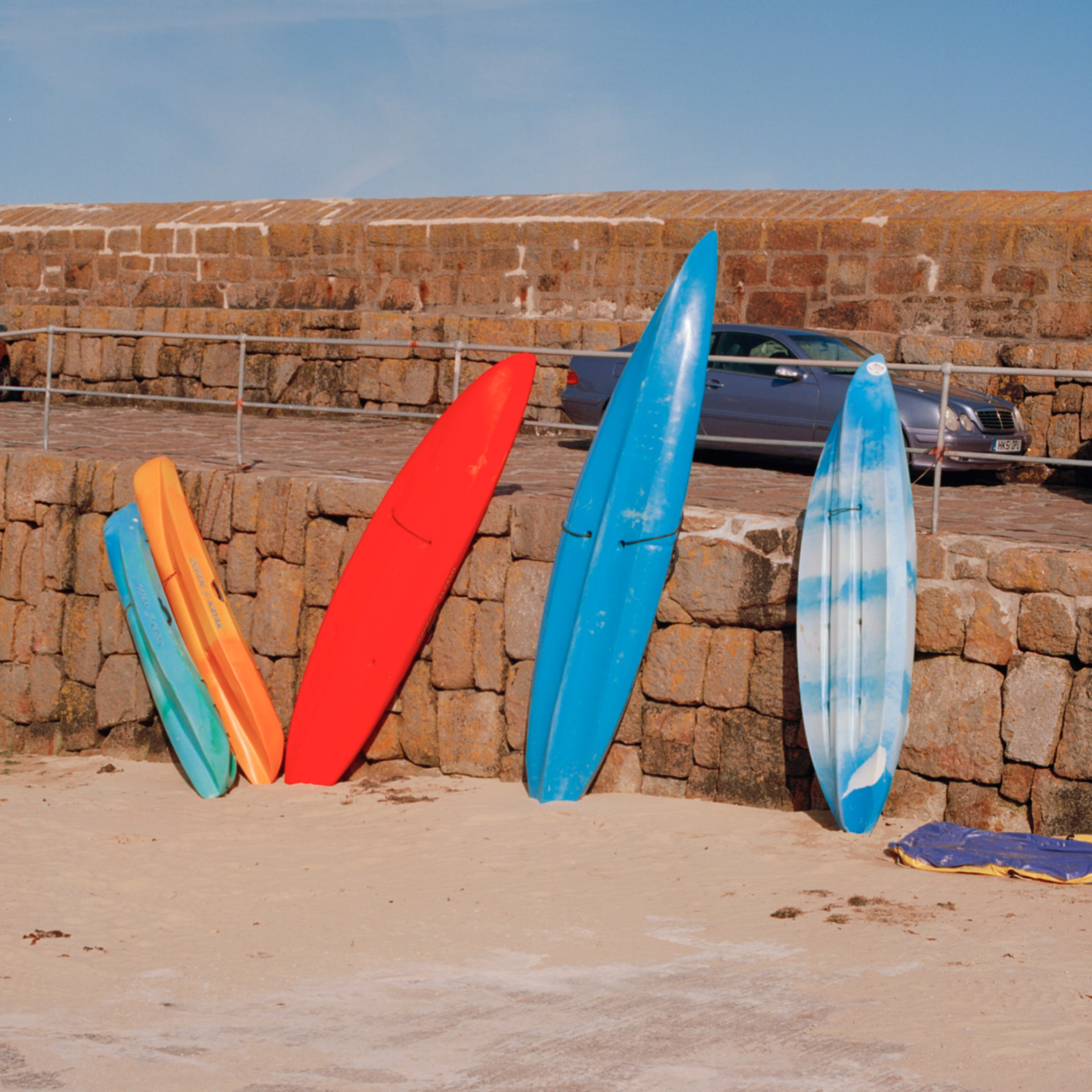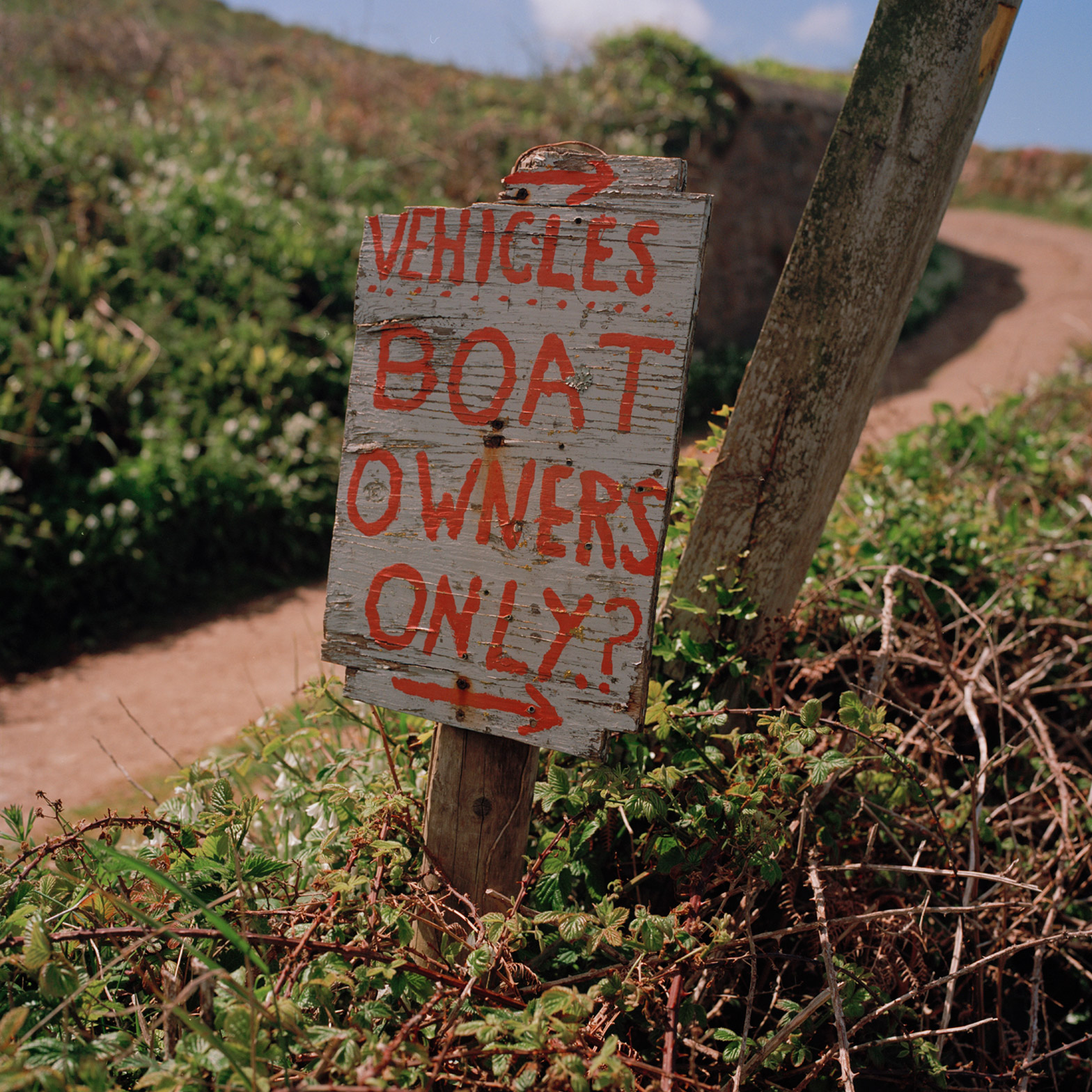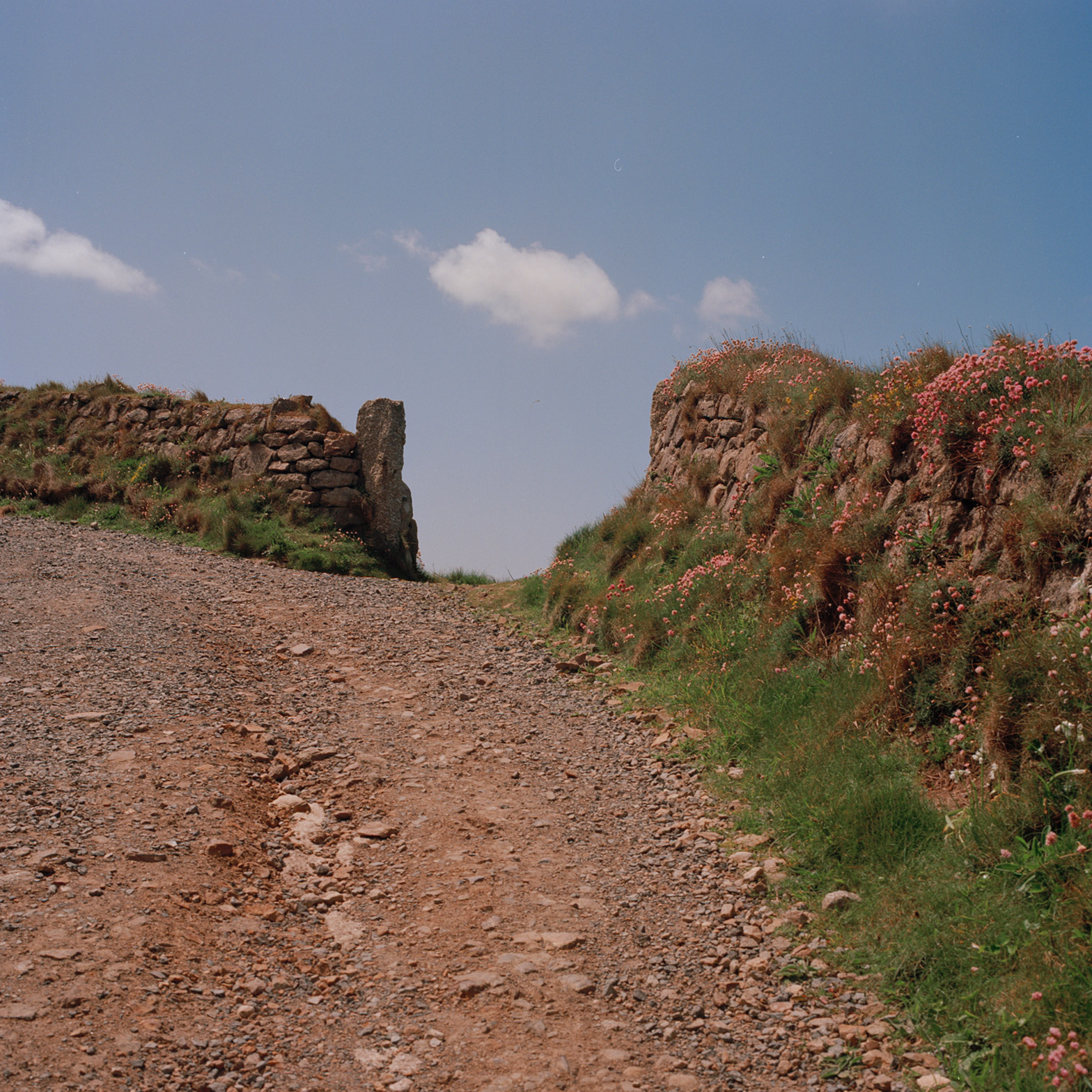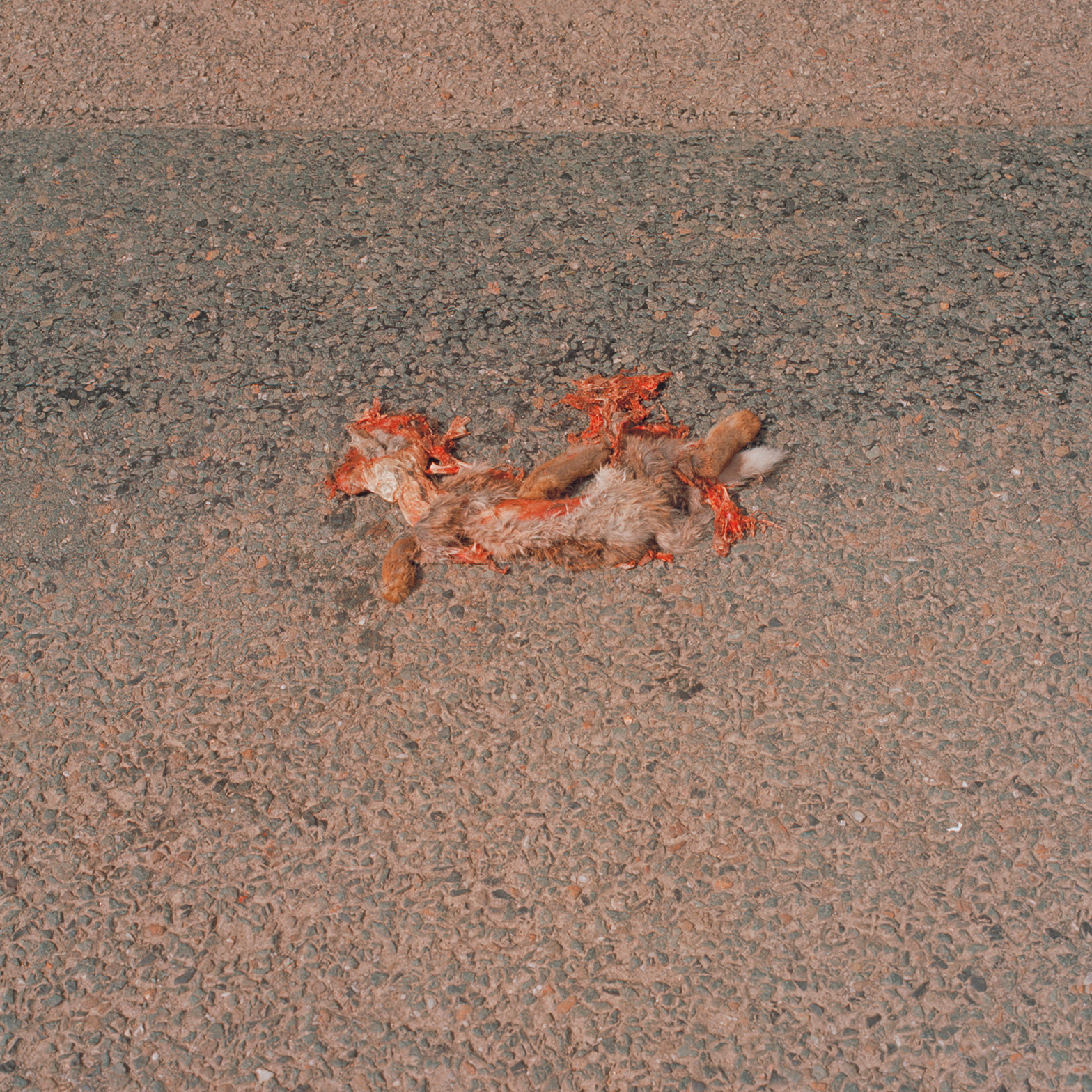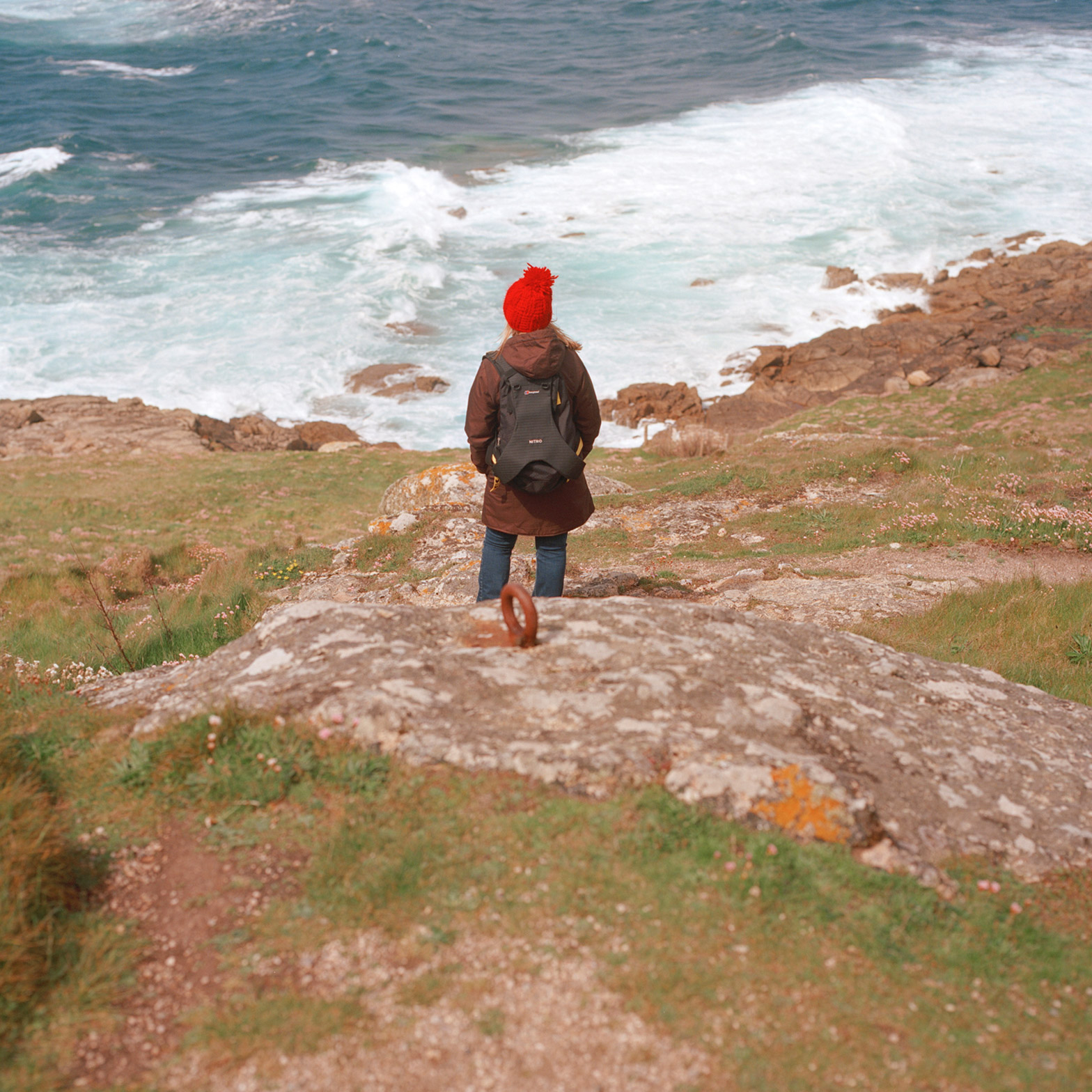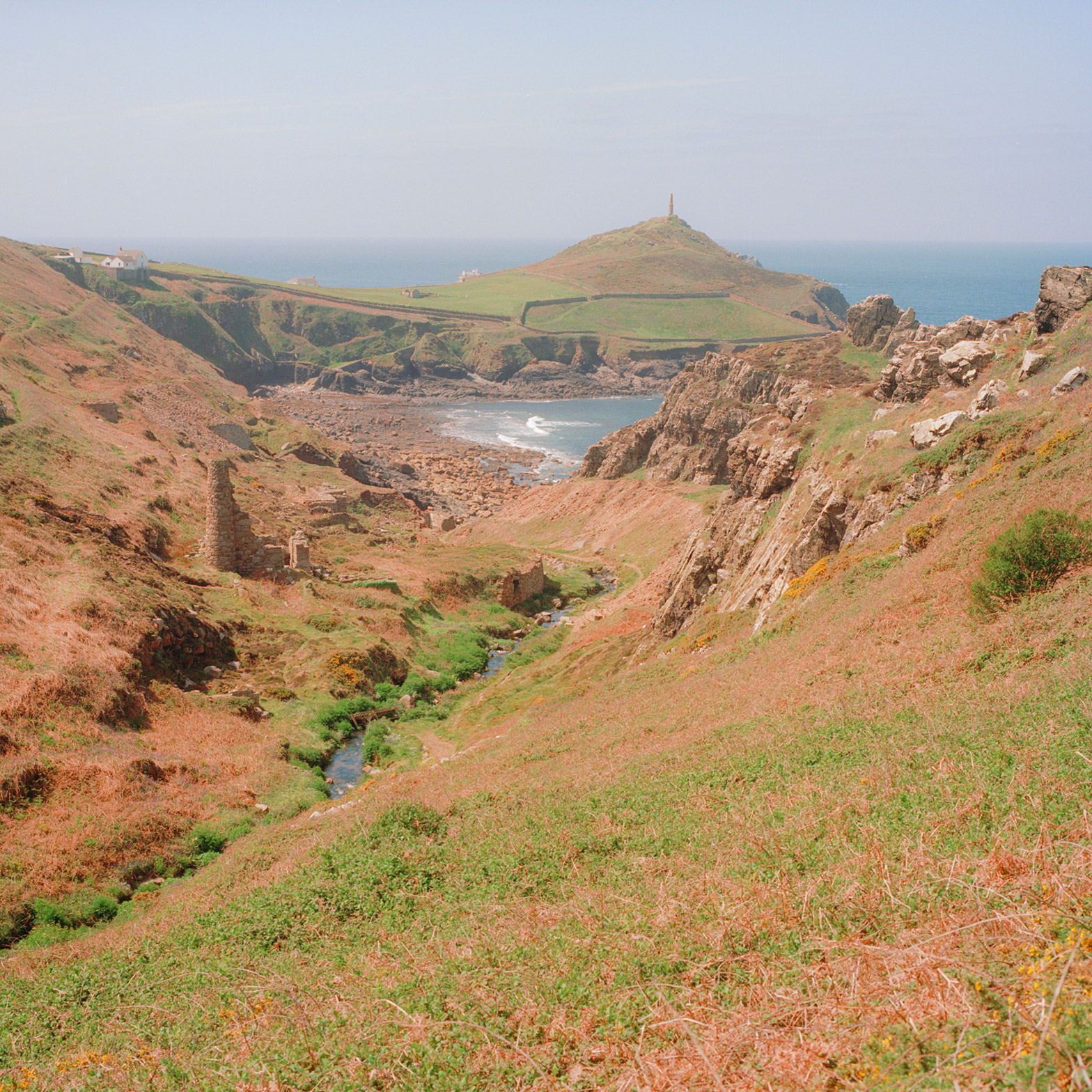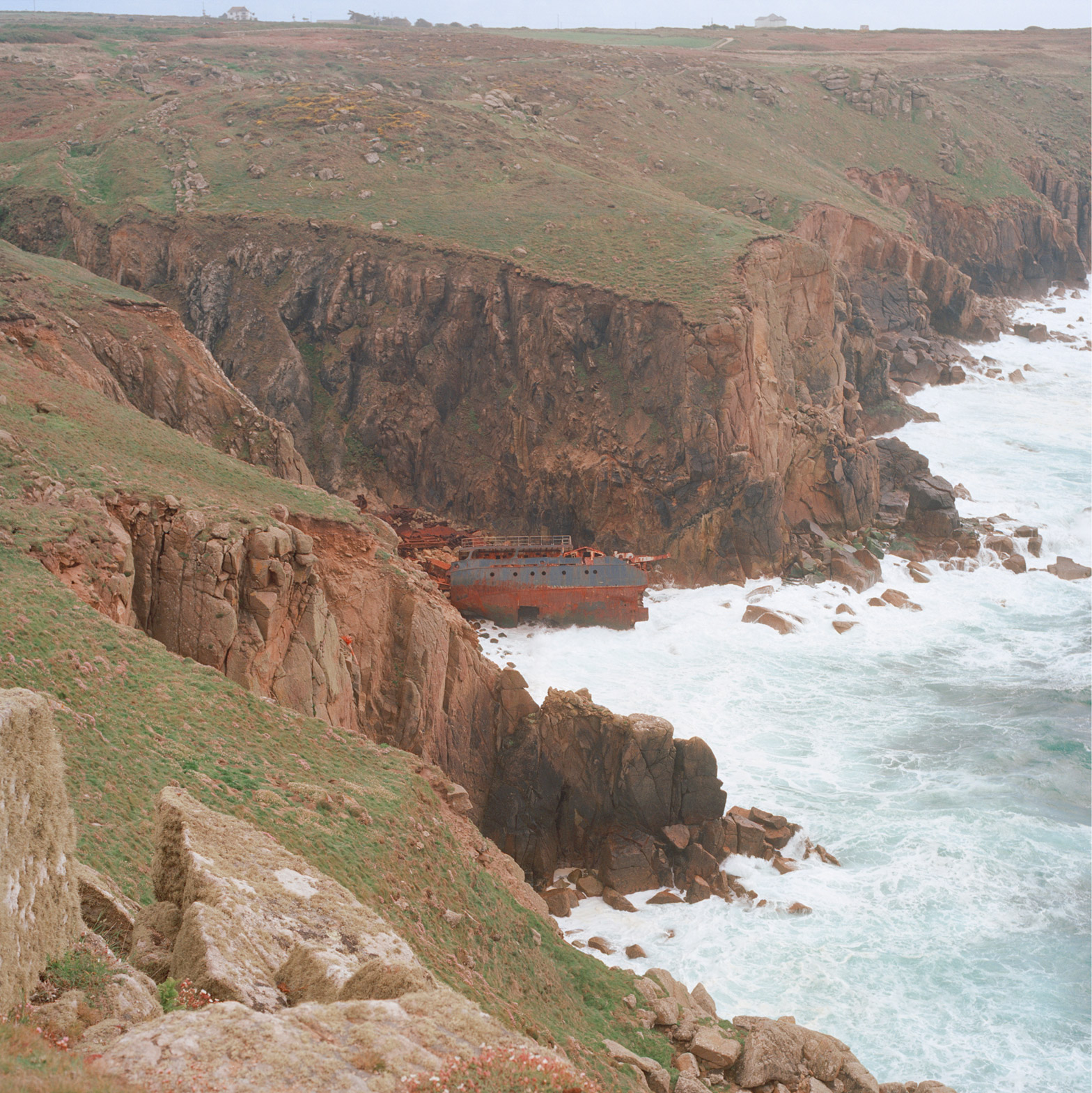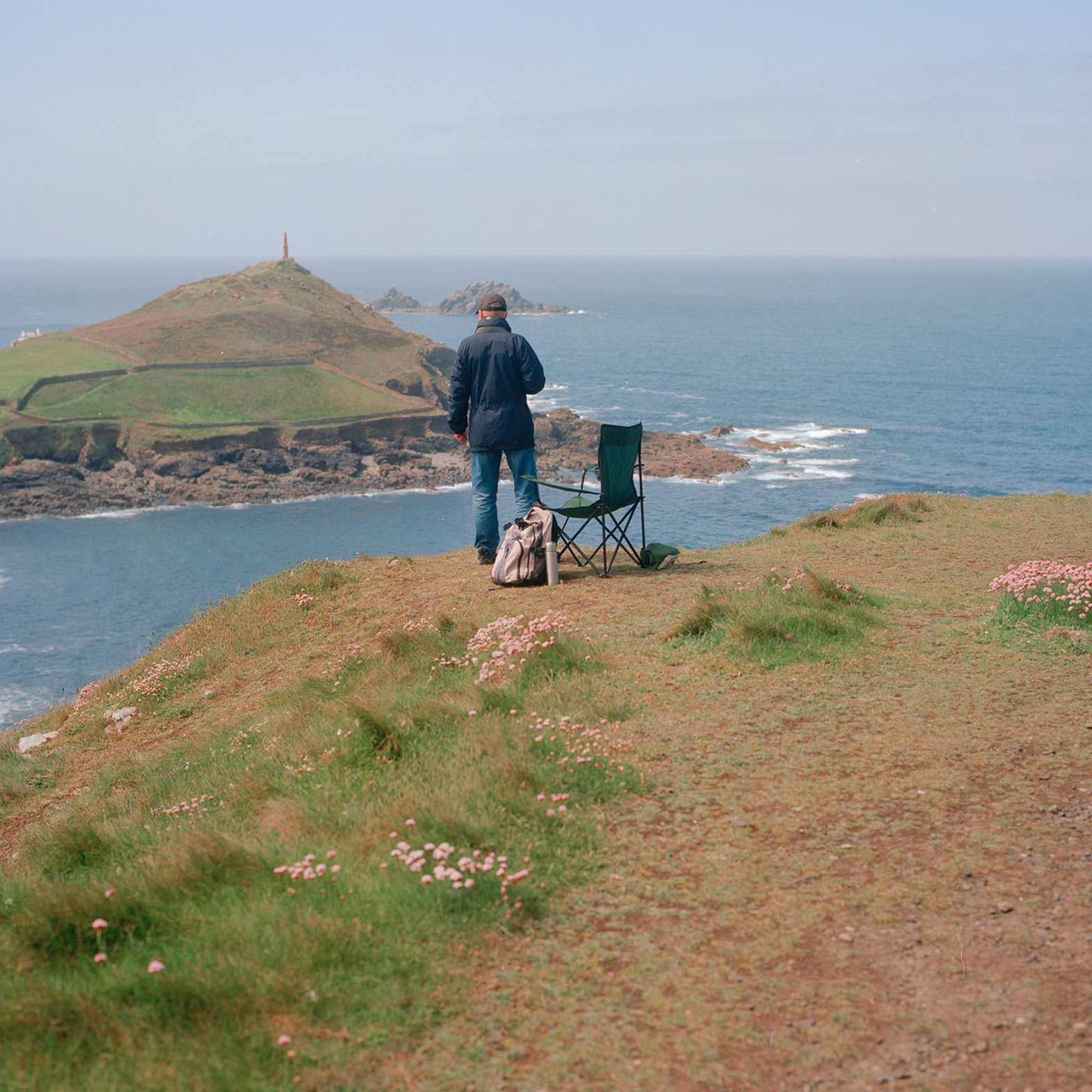Photo essay: British photographer Anthony Gerace has produced a series of images offering a snapshot of the crumbling architecture and infrastructure of Cornwall – a stronghold of the Brexit campaign (+ slideshow).
The photographs show buildings, street furniture and scenery around the coastline of St Just, a 15-minute drive from Land's End – the most westerly part of the UK.
Despite receiving millions in investment from the European Union, Cornwall voted overwhelmingly to leave during the UK's EU referendum. The result was seen as a statement about the neglect of the region by the British government.
Although Gerace's Land's End series was shot well before the referendum, the photographer said it only came together as a portrait of the area after the vote. According to Gerace the images suggest a sense of isolation, attrition and uncertainty.
"Britain is pretty scary at the moment, and is willing to become worse if it lets itself," said the photographer.
The result is similar to his Box Elder Country series, shot in Utah, which chronicled the area's "total sense of abandonment" through images of abandoned buildings and rusting road signs.
In this short essay, Gerace explains his attempt to "parse meaning from constructed objects to try and get at something about people that's hopefully emotional and usually sentimental".
In April 2015 I stood on a cliff in a light rain overlooking a shipwreck, near enough to Land's End, in Cornwall, having walked for three hours or so from St Just photographing the landscape.
When I arrived in St Just, I photographed a crumbling mansion behind a stone wall and thought at length about why that view affected me. On June 24, 2016, I felt I was in that shipwreck. On June 24, 2016, I felt like we were that mansion.
My series Land's End was never meant to be political, nor was it intended to tie in to Brexit or the growing xenophobia of Britain, nor was it meant to be anything but a response to my previous work in America.
I shot this work over the course of eight days and sat on it for over a year before finally dusting it off. And perhaps it's crass that I choose to now tie it in to the political and social unrest of the recent referendum. But there's a serendipity to the timing of finally editing and showing the work, and to the climate in the UK now.
At the time, I wrote, in regard to the photo of the mansion: "this photo is an accurate representation of Britain in 2015", and to me, now, it's an even more accurate representation of it in 2016.
I am not a didactic photographer, nor do I want to be. I like the implications of architecture; I like trying to parse meaning from constructed objects to try and get at something about people that's hopefully emotional and usually sentimental.
My photos are not meant, and do not try, to be political. Still: Britain is pretty scary at the moment, and is willing to become worse if it lets itself. It seems like it wants to be some grand country estate surrounded by a lavish stone wall, erudite and distant and lasting.
But those old grand country estates crumble, and they become reminders of the hubris of older generations and their attempts to hold onto a past that no longer exists.
It's ironic that the only people in this series are staring out to sea. When I was in Cornwall, it felt as though I was at the edge of the known world, looking out into an ocean of possibility, or a future I couldn't yet comprehend.
As I walked and saw people staring it seemed as if we had some shared understanding; that we were looking for, or at, the same thing. But now it feels as if they're merely staring at the void.


